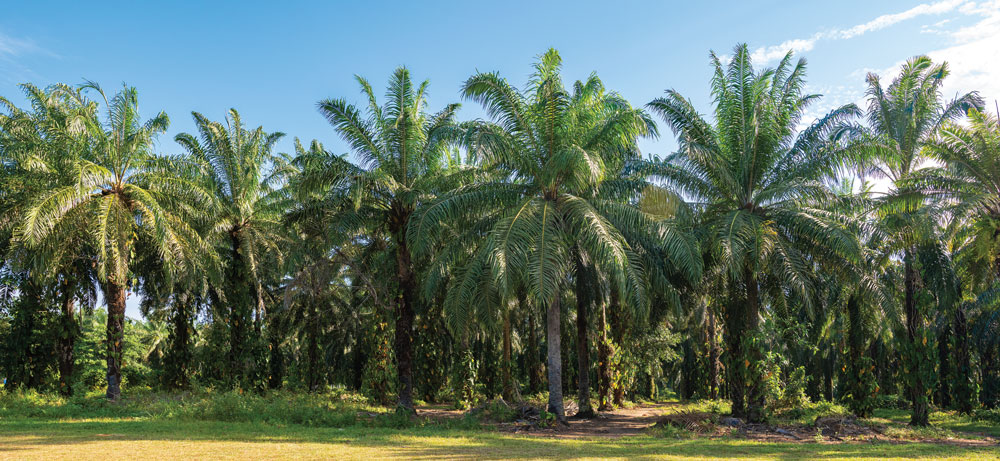


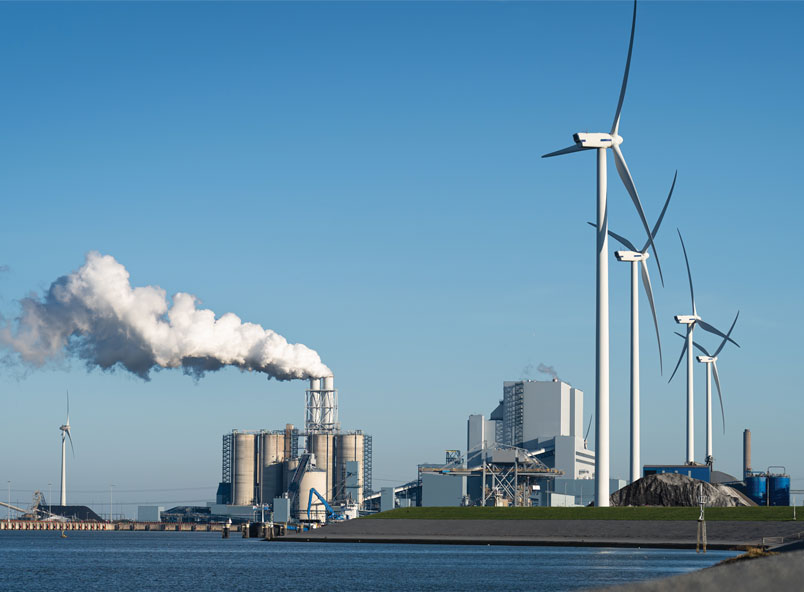
The EU has begun reviewing its revised Renewable Energy Directive (RED II) in view of expanded ambitions for its 2030 greenhouse gas (GHG) emissions reduction target, as well as its path toward climate neutrality.
On July 16, 2021, the European Commission (EC) had published its ‘Proposal for a Directive of the European Parliament and of the Council amending Directive (EU) 2018/2001 of the European Parliament and of the Council, Regulation (EU) 2018/1999 of the European Parliament and of the Council and Directive 98/70/EC of the European Parliament and of the Council as regards the promotion of energy from renewable sources, and repealing Council Directive (EU) 2015/652’ (RED III).
The Proposal is part of the EC’s ‘Fit for 55: Delivering the EU’s 2030 climate target on the way to climate neutrality communication’. The EC, the Council of the EU (the Council) and the European Parliament have begun formulating their positions to reach a commonly agreed text. As with current EU rules on renewable energy, RED III is poised to affect palm oil as a biofuel feedstock.
The EC has been pursuing a number of sustainability-related objectives through various initiatives and legal instruments. In December 2019, the EC had presented the European Green Deal, a set of policy initiatives with the overarching aim of making the EU’s economy sustainable and climate neutral by 2050.
On July 14, 2021, the EC had adopted the Fit for 55 Communication. This aims at providing a coherent and balanced framework for reaching the EU’s climate objectives. It also builds on policies and legislation already in place.
To achieve the objectives of the European Green Deal and reduce GHG emissions, the EU now intends to update RED II, notably by increasing the target of renewable energy sources in its integrated energy system.
Upcoming regulation
According to the EC, RED III pursues three overall objectives:
RED II established a common framework for the promotion of energy from renewable sources. It set a biding target of 32% for the overall share of energy from renewable sources in the EU’s gross final consumption of energy in 2030.
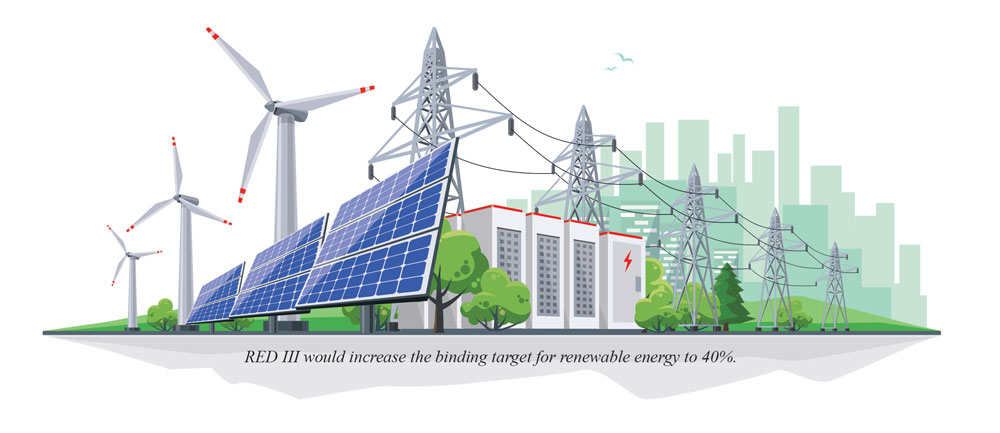
RED III would increase the binding target for renewable energy to 40%. However, it is anticipated that this target will actually be set at 45%, as proposed by the European Parliament and the EC’s REPowerEU plan, presented in May 2022.
Article 25 of RED II on ‘Mainstreaming renewable energy in the transport sector’ sets sub-targets for the share of renewable energy within the final consumption of energy in the transport sector. The EC’s Proposal introduces amendments to Article 25, which will be titled ‘Greenhouse gas intensity reduction in the transport sector from the use of renewable energy’.
The proposed text foresees to increase the level of renewable energy used in the transport sector by setting a 13% GHG ‘intensity reduction target’. The GHG emission reduction target is intended to make RED III compatible with the EU’s Effort Sharing legislation, which establishes binding emission reduction targets for sectors not covered by the EU’s Emission Trading System, such as transport.
In comparison to the EC’s Proposal, the Council proposes to provide EU member-states with an option on the transport sub-targets:
The European Parliament, meanwhile, proposes to set a binding target of 16% GHG reduction in the transport sector by 2030. The amendments it proposes to Article 25 also include the possibility of a revision of RED III by 2025, to assess the obligations set in paragraph one of Article 25.
Any revision would only be undertaken if it were needed to meet the EU’s international commitments for decarbonisation, or where a significant decrease in energy consumption in the EU justifies an increase of the obligation target and sub-targets.
Accelerated phase-out?
The EC’s Proposal for RED III contains amendments to Article 26 of RED II, which provides specific rules for biofuels, bioliquids and biomass fuel produced from food and feed crops, including oil palm. The amendments aim at reflecting the new GHG reduction target set for the transport sector.
This means that the calculation of a member-state’s gross final consumption of energy from renewable sources would take into account the GHG reduction target – and not the minimum share of biofuels and bioliquids as well as of biomass fuels consumed in transport as established in RED II.
Article 26(1)(3) of RED II provides that member-states ‘may set a lower limit and may distinguish, for the purposes of Article 29(1), between different biofuels, bioliquids and biomass fuels produced from food and feed crops, taking into account best available evidence on indirect land-use change impact’.
The EC’s Proposal would not change this approach. Recital 31 of RED III reconfirms that ‘in order not to create an incentive to use biofuels and biogas produced from food and feed crops in transport, member-states should continue to be able to choose whether to count them or not towards the transport target’.
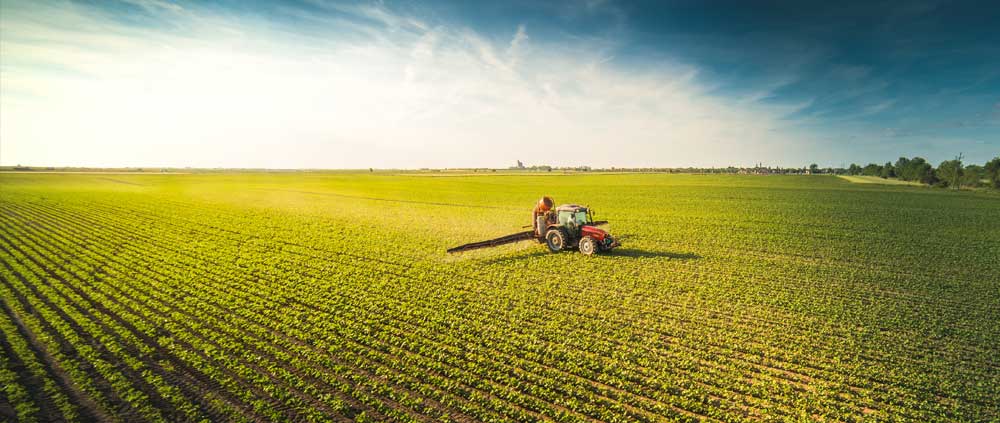
Thus, member-states will likely continue adopting legislation that excludes certain feedstocks, such as palm oil, from being counted towards the renewable energy targets or even from being used as a biofuel at all.
A worrying example lies in Belgium’s approach. From Jan 1, 2023, it will prohibit the placing on the market of biofuels and biogases based on palm oil or other products directly or indirectly derived from oil palm. From July 2023, it will also prohibit the placing on the market of biofuels and biogases based on soybean oil or other products directly or indirectly derived from the soybean plant. Rather than perpetuate discriminatory practices, the revision of RED II should address these unfortunate aspects of EU legislation.
Neither the EC’s Proposal nor the Council’s position on RED III modifies the rules related to high ILUC-risk and low ILUC-risk certification. However, the European Parliament proposes amendments regarding the phase-out of high ILUC-risk biofuels.
Article 26 (2) of RED II states that, for the calculation of a member-state’s gross final consumption of energy from renewable sources, ‘the share of high indirect land-use change-risk biofuels, bioliquids or biomass fuels produced from food and feed crops […] shall not exceed the level of consumption of such fuels in that member-state in 2019, unless they are certified to be low indirect land-use change-risk biofuels, bioliquids or biomass fuels pursuant to this paragraph’ and that from Dec 31, 2023 until Dec 31, 2030 at the latest, ‘that limit shall gradually decrease to 0%’.
The European Parliament proposes that RED III moves forward the phase-out of high ILUC-risk biofuels to the entry into force of RED III, expected in late 2023 or the beginning of 2024. This is particular worrisome for the palm oil industry, as this would do away with the gradual phase-out until 2030 and would lead to a de facto ban of palm-based biofuels well before then.
Additionally, the European Parliament proposes to add a sub-paragraph to Article 26(2) to state that, by June 30, 2023, the EC must submit to the European Parliament and to the Council ‘an update of the report on the status of worldwide production expansion of the relevant food and feed crops’.
The update must include ‘the most recent data from the last two years with regard to deforestation and high indirect land-use change risk feedstocks, and shall address other high risk commodities in the category of high indirect land-use change risk feedstocks’.
With respect to the Delegated Act setting out criteria for the certification of low ILUC-risk biofuels, bioliquids and biomass fuels and for determining high ILUC-risk biofuel feedstocks, the European Parliament states that ‘the maximum share of the average annual expansion of the global production area in high carbon stocks shall be 7.9%’.
The Delegated Regulation (EU) 2019/807 currently sets this share at 10%. Therefore, the amendment appears clearly motivated to also phase out soybean as a biofuel feedstock, given that an 8% annual expansion into high-carbon stock land is attributed to the crop.
Used cooking oil (UCO)
A notable change proposed by the EC concerns the double counting system. Under RED II, UCO is considered to be waste-based and is double counted for the decarbonisation of the EU’s transport sector. For instance, if consumption of UCO amounts to 2%, it will be counted as 4% of total energy used in transport, providing an incentive to use such oils to reach the renewable energy targets.
Palm oil that has been used to fry foods can be converted for the production of biodiesel. In 2019, over 1 million tonnes of palm-based UCO were exported from Malaysia alone to the EU.
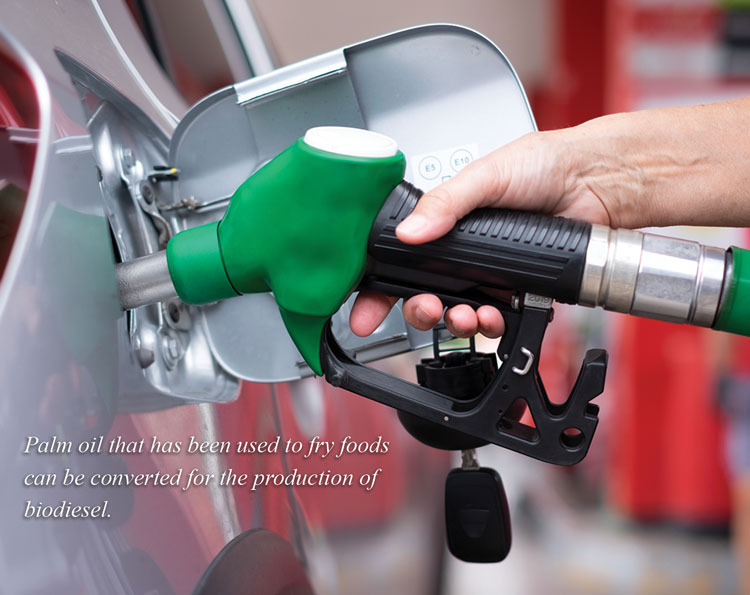
But in its Proposal for RED III, the EC eliminates the reference to ‘double counting’ with respect to advanced and waste-based biofuels. This removes the additional incentive and could discourage the use of UCO as a biofuel feedstock.
In the context of UCO, the European Parliament proposes to add Recital 38b: ‘Adequate anti-fraud provisions must be laid down, in particular in relation to UCO, given the widespread mixing of palm oil. As the detection and prevention of fraud is essential to prevent unfair competition and rampant deforestation in third countries, full and certified traceability of these raw materials should be implemented.’
In this regard, the European Parliament proposes to amend paragraph 3 of Article 30 on ‘Verification of compliance with the sustainability and greenhouse gas emissions saving criteria’. It states that ‘auditing shall verify that the systems used by economic operators are accurate, reliable and protected against fraud, including verification ensuring that materials are not intentionally modified or discarded so that the consignment or part thereof could become waste or residue’.
Discriminatory rules
The rules adopted under RED II and the EU’s Delegated Regulations discriminate against certain biofuel feedstocks, notably those not produced in the EU, such as palm oil.
Indonesia and Malaysia, as the world’s biggest palm oil-producing countries, have, therefore, embarked on dispute settlement proceedings with the EU at the World Trade Organisation (WTO). The two countries argue that the EU rules discriminate against palm-based biofuels. The revision of RED II would be the ideal opportunity to correct the discriminatory practices. Instead, the European Parliament’s proposal would make things worse.
Malaysia considers that the ILUC approach under RED II is inconsistent with the EU’s WTO obligations. Instead of accelerating the phase-out of ‘high ILUC-risk biofuels’, the EU should, in the spirit of the Paris Agreement, pursue a more coordinated, global approach to land-use change that would sustainably address global environmental problems.
Given the currently diverging positions, the European Parliament and the Council of the EU must now agree with the EC on a common text before RED III can be adopted. The inter-institutional ‘trilogue’ negotiations were scheduled to begin on Oct 6, 2022.
Malaysia must continue to engage with the EU and formally reiterate, both bilaterally and within the WTO framework, its special development, financial and trade needs as a developing country. It is highly dependent on the production and export of palm oil to the EU as a biofuel feedstock.
A single approach by the EU that does not recognise Malaysia’s efforts vis-à-vis sustainability, GHG emission reduction and the protection of high carbon stock land is not only discriminatory, but also profoundly unfair and counter-productive in efforts to curb climate change.
MPOC Brussels
